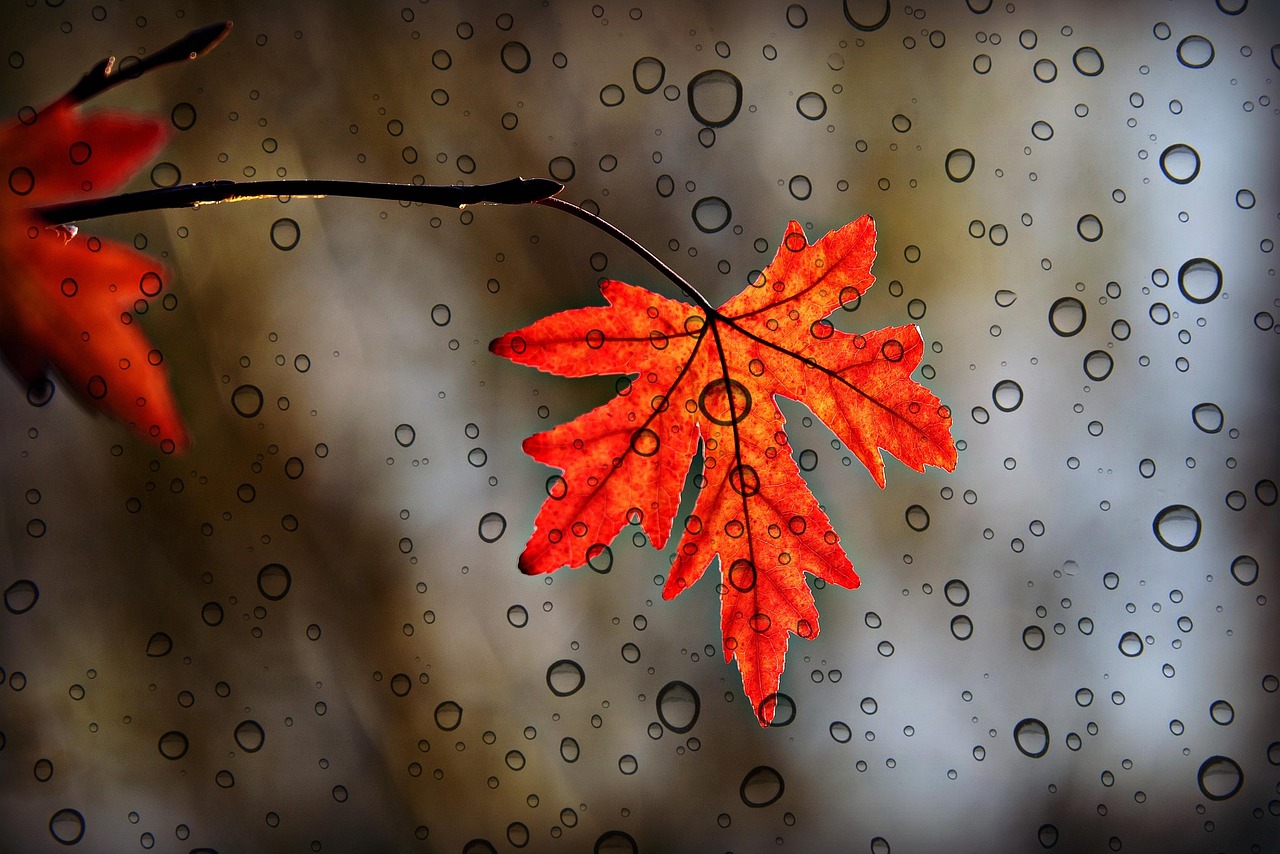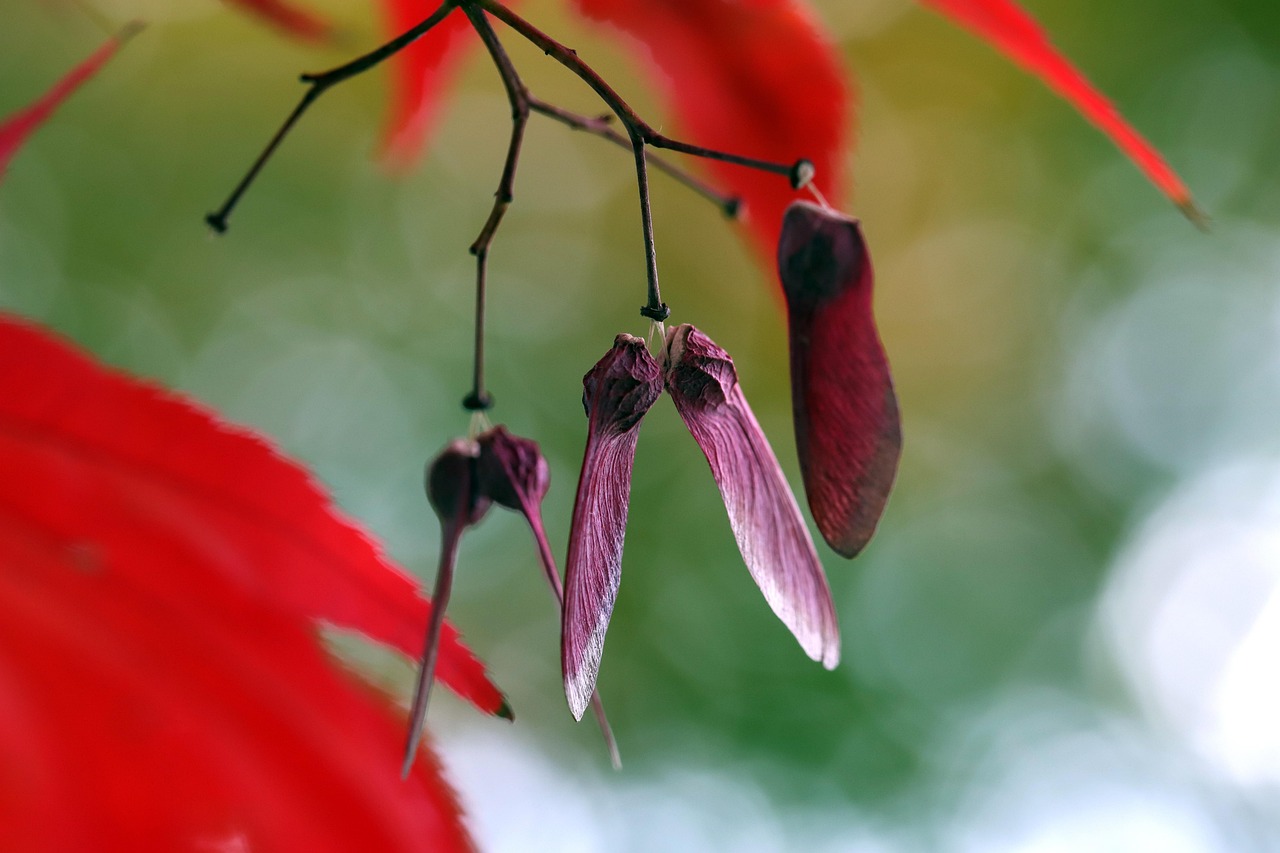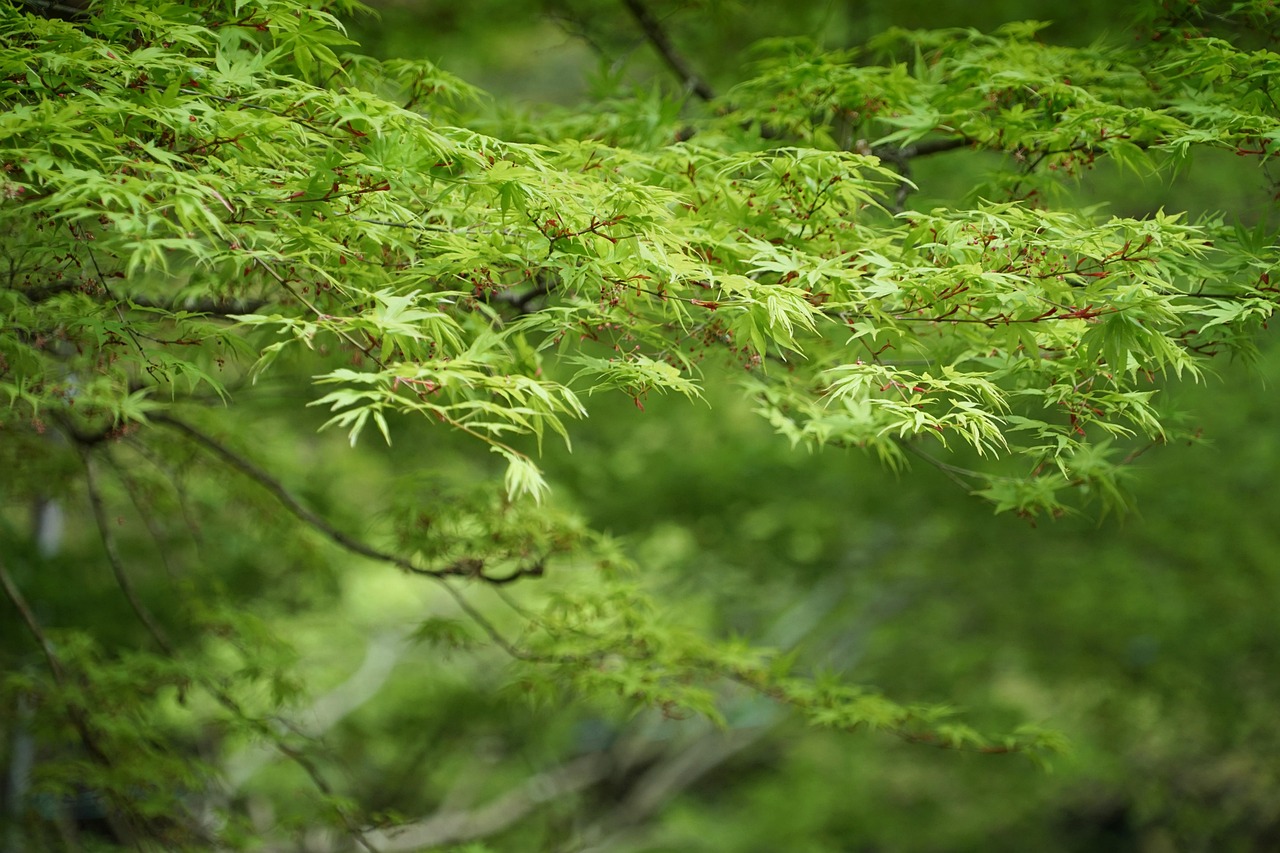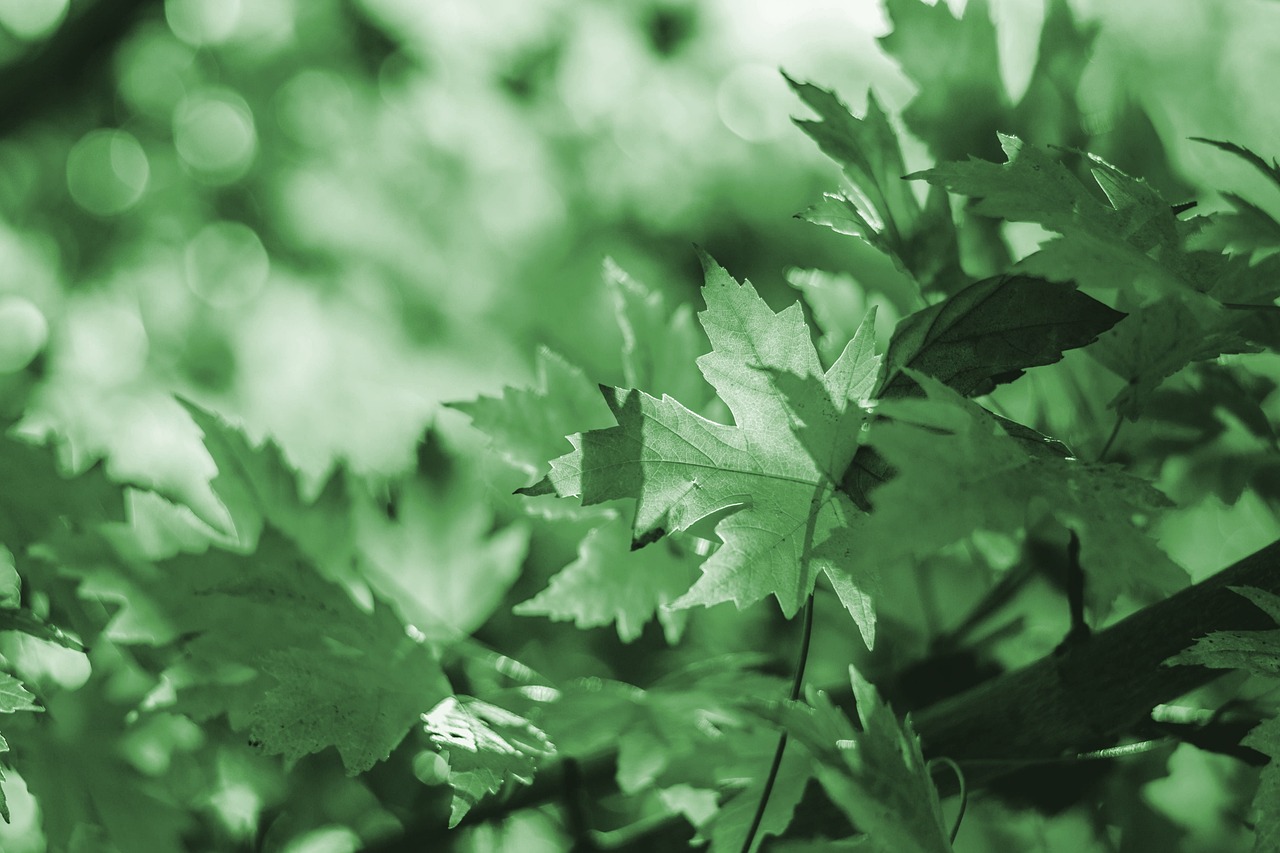In Old School RuneScape (OSRS), maple trees grow significantly faster than in reality. In the game, players can harvest maple trees approximately every 10 minutes, whereas in real life, a maple tree typically takes several years to mature and bear fruit.
Maple trees are popular both in the world of gaming and in real life. In Old School RuneScape, they serve as a valuable resource for players seeking to train their Woodcutting skill. The game captures the essence of various trees, including the maple, and allows players to interact with them in a virtual environment. Understanding the differences between the growth rates of maple trees in OSRS and their real-world counterparts can provide insights into the design choices made by game developers and the nature of tree growth.

In reality, the growth rate of maple trees is influenced by various factors such as the species of maple, soil quality, climate, and environmental conditions. Different species like the Sugar Maple and Red Maple exhibit varying growth rates. Here is a comparison of some common maple tree species and their average growth rates:
| Maple Species | Average Growth Rate (per year) |
|---|---|
| Sugar Maple | 12-24 inches |
| Red Maple | 24-36 inches |
| Silver Maple | 36-60 inches |
| Acer Campestre (Field Maple) | 12-24 inches |
In OSRS, players can begin chopping maple trees once they reach level 45 Woodcutting. This relatively low requirement enables early access to better logs for crafting and fletching. The game mechanics simplify the growth process, allowing for constant harvesting without waiting for extended periods. This is a stark contrast to reality, where patience is necessary to see a maple tree reach its full potential.
Growth Cycle of Maple Trees
The growth cycle of maple trees in reality can be broken down into several stages. These stages include seed germination, seedling development, and mature growth. Each stage has its own time frame and environmental needs.

- Seed Germination: This initial stage takes place in spring. Seeds require moisture and warmth to sprout.
- Seedling Development: After germination, seedlings grow roots and leaves. This stage can last several years as the plants establish themselves.
- Mature Growth: Once established, mature maple trees continue to grow rapidly for several years before reaching their full height and producing seeds.
The differences between the virtual growth of maple trees in OSRS and their real-life counterparts highlight how game developers create an engaging experience for players. In OSRS, each tree is a source of experience points and resources that can be gathered quickly. The fast growth rate allows for a fun, rewarding gameplay experience. In contrast, real-life growth requires patience and care, as it can take decades for a maple tree to mature fully.
Moreover, players in OSRS can also enhance their Woodcutting efficiency through various means such as using better axes or wearing specific gear. These enhancements allow players to chop trees faster and gain experience more efficiently compared to actual woodcutting in real life, where tools and techniques also play a significant role but are bound by physical limitations.
The contrasting environments of OSRS and reality not only affect gameplay but also influence player behavior. Many gamers appreciate the instantly gratifying aspects of virtual tree harvesting, while in real life, patience and long-term care are essential for successful gardening.

Factors Influencing Growth Rates
Understanding the factors that influence the growth rates of maple trees in both OSRS and reality is crucial. These factors can vary significantly between the game and the real world. In OSRS, the growth rate is determined by game mechanics, while in reality, numerous environmental factors play a critical role.
Environmental Factors in Reality
Real-life maple trees depend on a variety of environmental conditions for their growth. Here are some of the main factors:
- Soil Quality: Well-drained, nutrient-rich soil promotes healthy growth. Poor soil can stunt development.
- Climate: Maples thrive best in temperate climates. Extreme temperatures can hinder their growth.
- Water Availability: Adequate water is essential during the growing season. Too much or too little can affect health.
- Sunlight Exposure: Maple trees require full sun for optimal growth. Insufficient sunlight can lead to weaker trees.
Game Mechanics in OSRS
In OSRS, the factors affecting maple tree growth are much simpler. The game operates based on predefined mechanics that do not change with environmental elements. Here are essential features of how growth is designed:

- Fixed Growth Time: In-game, maple trees grow at a constant rate, allowing players to harvest them every 10 minutes.
- No Environmental Impact: Players do not need to consider soil quality or weather conditions, simplifying gameplay.
- Player Interaction: The experience gained from chopping down trees is a primary motivator for players, influencing gameplay strategies.
The Role of Technology and Tools
The tools used for woodcutting, both in OSRS and reality, greatly influence the efficiency and effectiveness of harvesting maple trees. This section will explore how technology impacts tree cutting in both realms.
Tools in Reality
In the real world, various tools are employed for cutting down trees and managing wood. Each tool has its own advantages and suitable applications:
| Tool Type | Description | Use Case |
|---|---|---|
| Hand Saw | A manual saw used for cutting smaller branches or trees. | Ideal for small jobs and precision cuts. |
| Chainsaw | A power tool that uses a chain with sharp teeth to cut wood. | Efficient for cutting larger trees quickly. |
| Axe | A traditional tool with a sharp blade for chopping wood. | Used for felling trees or splitting logs. |
Tools in OSRS
The tools available in OSRS for woodcutting are gamified versions of real-life implements. Players can choose from various axes, each with different benefits that enhance their efficiency:
- Bronze Axe: The most basic axe that players can use when starting their Woodcutting journey.
- Iron Axe: A step up that allows players to chop quicker than using a bronze axe.
- Rune Axe: One of the best axes in the game, offering the fastest woodcutting speed.
The choice of axe significantly affects the rate at which players can chop down trees. Higher-level axes allow for faster cutting times, mirroring how advanced tools improve efficiency in real-world woodcutting.
The Impact of Player Behavior
The differences in tree growth rates between OSRS and reality also shape player behavior and expectations. Gamers often engage with the game in ways that are distinct from how people interact with nature.
Engagement and Motivation in OSRS
In OSRS, players are motivated by the immediate rewards they receive from woodcutting activities. The following aspects contribute to player engagement:
- Experience Points: Gaining experience points for every tree chopped encourages players to continue cutting.
- Resource Gathering: Players collect logs that can be used for crafting or fletching, providing tangible rewards.
- Social Interaction: Players often work together or compete in areas around trees, enhancing community engagement.
Real-World Gardening Practices
Conversely, real-world gardening and tree care require long-term commitment and patience. People often approach gardening with different motivations:
- Aesthetic Value: Many individuals plant trees for beauty and landscaping purposes.
- Ecosystem Benefits: Trees provide essential benefits to the environment, such as oxygen production and habitat creation.
- Cultural Significance: In many cultures, trees hold symbolic meaning, leading to a deeper appreciation beyond mere functionality.
Comparative Growth Rates: OSRS vs. Reality
To better understand the differences in growth rates between maple trees in OSRS and reality, it is essential to compare their respective timelines and the implications of these rates. In this section, we will analyze specific growth stages and how they manifest in both worlds.
Growth Timeline in OSRS
In OSRS, the growth and harvesting of maple trees are streamlined to enhance gameplay. The following outlines the growth timeline for maples in the game:
- Planting: Players can chop down a maple tree immediately after it spawns without any waiting period.
- Harvesting: Each maple tree can be chopped every 10 minutes.
- Regeneration: After being chopped down, a maple tree will respawn after approximately 1 hour of in-game time.
This rapid cycle allows players to continuously engage with woodcutting and gain experience points quickly. The simplicity of this system makes it easy for players to plan their activities around chopping trees.
Growth Timeline in Reality
In contrast, the growth timeline of a real-life maple tree is considerably more complex and prolonged. The following stages illustrate the average timeline for a maple tree:
- Seed Germination: This stage typically occurs within 1-2 weeks after planting the seed.
- Seedling Development: This stage lasts about 3-5 years, during which the tree develops its root system and initial leaves.
- Mature Growth: It can take anywhere from 10 to 30 years for a maple tree to reach maturity and begin producing seeds.
The lengthy timeline reflects the natural processes that trees undergo in real life. Unlike OSRS, where instant gratification is a core gameplay mechanic, real-world gardening requires long-term commitment and care.
Training Woodcutting in OSRS vs. Real-Life Skills
The skills associated with woodcutting differ greatly between OSRS and real life. In the game, players can level up their Woodcutting skill through repetitive actions with little variation. In reality, woodcutting encompasses a broader range of skills and techniques.
Woodcutting Skills in OSRS
Players in OSRS train their Woodcutting skill mainly through the following methods:
- Chopping Trees: The primary method involves cutting down trees to gather logs.
- Using Higher-Level Axes: Upgrading to more efficient axes increases cutting speed.
- Utilizing Bonuses: Players can benefit from various bonuses, such as wearing specific gear or using items that enhance experience gain.
This streamlined approach allows players to focus on maximizing their experience points quickly. However, it lacks the intricacies present in real-life woodcutting.
Real-Life Woodcutting Skills
In reality, woodcutting requires a diverse set of skills, including:
- Knot Identification: Recognizing knots and grain patterns helps determine the best cutting techniques.
- Sawing Techniques: Different methods, such as cross-cutting and rip-cutting, are necessary depending on the desired result.
- Safety Practices: Proper handling of tools and awareness of surroundings are crucial for preventing accidents.
The complexity of real-life woodcutting emphasizes the need for training and experience, as it involves not just physical strength but also skill and knowledge about trees and tools.
The Cultural Significance of Maple Trees
Maple trees hold cultural significance in various societies, influencing both real-life appreciation and their representation in games like OSRS. Understanding this significance can provide insight into why these trees are valued in both realms.
Cultural Importance in Reality
In numerous cultures, maple trees are symbolic and play essential roles in traditions:
- National Symbols: The Sugar Maple is the national tree of Canada and represents strength and endurance.
- Culinary Uses: Maple syrup, derived from the sap of sugar maples, is a beloved culinary ingredient, showcasing the tree’s utility.
- Aesthetic Value: Maple trees are often planted in parks and gardens for their stunning fall foliage, contributing to the beauty of landscapes.
Cultural Representation in OSRS
In OSRS, maple trees serve not only as a resource but also as part of the game’s lore and environment. Their presence adds to the game’s immersive quality:
- Visual Appeal: The vibrant colors of maple trees enhance the game’s graphics and atmosphere.
- Resource for Crafting: Logs from maple trees can be used to craft various items, tying them into gameplay mechanics.
- Nostalgia: For many players, the experience of chopping down maple trees evokes nostalgia for past gaming experiences.
The cultural significance attributed to maple trees enriches the player experience in OSRS while highlighting their importance in real life. This dual appreciation fosters a deeper connection between players and nature, bridging the gap between virtual and tangible worlds.
The interplay between gaming and reality showcases significant contrasts when it comes to the growth rates of maple trees, as observed in OSRS and the natural world. In OSRS, the rapid harvesting and simplified mechanics create an engaging experience for players, allowing them to focus on skill development and resource gathering without the complexities of real-life growth processes. Conversely, real maple trees demand patience, care, and a deep understanding of their environmental needs, illustrating the intricate relationship humans have with nature.
This comparison extends beyond mere numbers; it reflects broader themes in gaming and human interaction with the environment. The instant gratification found in OSRS resonates with players who seek immediate rewards and enjoyment. In contrast, the slower pace of real-life gardening fosters a sense of responsibility and connection to nature that many find rewarding in its own right.
Final Thoughts
In summary, the differences between maple tree growth rates in OSRS and reality highlight distinct approaches to gameplay and environmental interaction. Players in OSRS enjoy a fast-paced experience where they can level up their skills and gather resources in a matter of minutes. This design choice enhances player engagement but diverges significantly from the lengthy growth periods associated with real-world trees.
Real-life maple trees take years to mature, offering valuable lessons in patience and the importance of nurturing living ecosystems. The skills required for successful woodcutting in both realms also differ greatly, with OSRS focusing on repetitive tasks while real-life woodcutting demands a variety of technical skills and safety practices.
The cultural significance of maple trees further enriches the discussion. In both OSRS and reality, these trees symbolize beauty, utility, and community connection. They serve as reminders of nature’s importance in our lives, whether as resources in a game or as vital components of our environment.
Ultimately, the exploration of maple tree growth rates offers insights into how we engage with both virtual worlds and the natural environment. While OSRS provides an engaging escape with its fast-paced mechanics, real-life experiences remind us of the beauty and complexity of nature. Embracing both perspectives can enhance our appreciation for the world around us, whether it be through gameplay or gardening.
